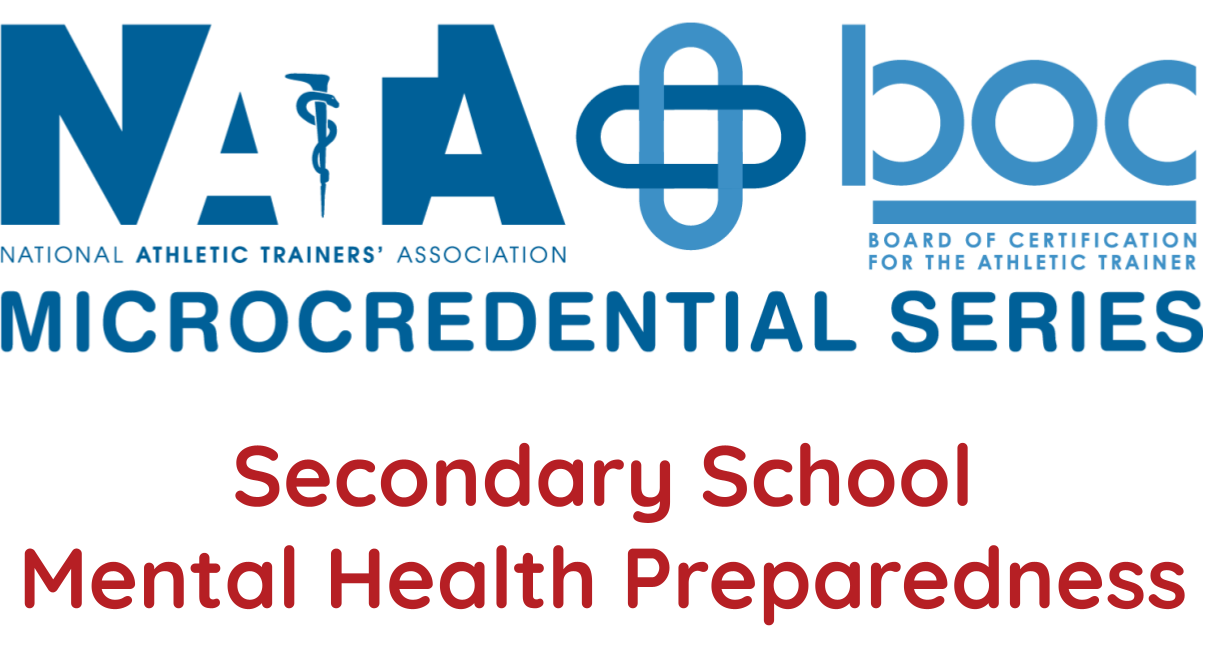
Lizzie Elder, PhD, LAT, ATC
Lizzie Elder (Hibberd), PhD, LAT, ATC is an Associate Professor and Athletic Training Program Director in the Department of Health Science at The University of Alabama. Dr. Elder received B.A. and M.A. degrees in Athletic Training from the University of North Carolina at Chapel Hill (2008 and 2010). Dr. Elder received a Ph.D. in Human Movement Science from the University of North Carolina at Chapel Hill in 2014. Her research focuses on assessment of shoulder dysfunction using neuromuscular and biomechanical measurement models and injury prevention in overhead athletes. Her long-term research goal is to identify effective methods to prevent shoulder pain and injury in overhead athletes through implementation of intervention programs and identifying practice guidelines that maximize performance while reducing the risk of injury. In order to accomplish this goal, Dr. Elder conducts research in overhead athletes of all ages, while emphasizing the dissemination of this research through peer-reviewed publications and presentations, community engagement and interactions with clinicians.
After serving as an Assistant Professor in the Athletic Training Program since 2014, she became the Athletic Training Program Director in 2019. Dr. Elder received tenure and was promoted to Associate Professor in 2020.

